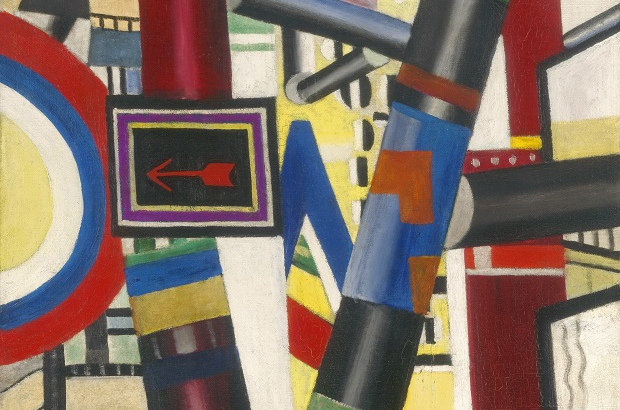- Daily & Weekly newsletters
- Buy & download The Bulletin
- Comment on our articles
Europalia Trains & Tracks: Belgium-wide arts festival shows how railway transformed society
After more than 50 years focusing on an individual country, the prestigious arts biennial Europalia turns its attention to the singular theme of the railway in its new edition Trains & Tracks.
It’s an insightful and evocative journey that explores the past – Belgium was a railway pioneer in continental Europe – while not shying from the darker sides of its history, such as its role in successive world wars and colonisation. On a positive note, it also shows how the train is emerging as a key player in sustainable and slow travel.
Running for seven months and incorporating more than 70 projects, the multidisciplinary festival includes visual arts, music, theatre, talks and new performances and installations. Its programme revolves around three themes: the impact of the train on society; time and motion; meetings and farewells. While occupying museums in the capital and cities north and south of the country, a significant number of events are staged in train stations, many of them free to the public.
The latter are aimed at passers-by as well as train lovers and art buffs, says Europalia’s artistic director Dirk Vermaelen. “Big dance performances, including opera staged in Antwerp and Brussels’ central stations and developed with the public, are among the highlights.”
The festival’s opening and flagship exhibition is Tracks to Modernity at the Royal Fine Arts Museum in Brussels. It shows how since the arrival of the steam train in the 1800s, successive generations of artists have been inspired to portray the railway’s influence on society. In a voyage that conjures up the sights and sounds of the rail revolution, major 19th- and 20th-century artists – from Monet and Caillebotte to Spilliaert, Léger, De Chirico and Magritte – feature among 120 works.
Divided into 10 themes, the exhibition reveals how artists responded to rail’s rapid expansion. Early enthusiasm and anxiety shifted to fascination in its speed and technical prowess, followed by a period of internal reflection. It also enabled them to escape their studios and explore the great outdoors, while train stations proved equally fertile ground with their mingling of the social classes representing microcosms of society.
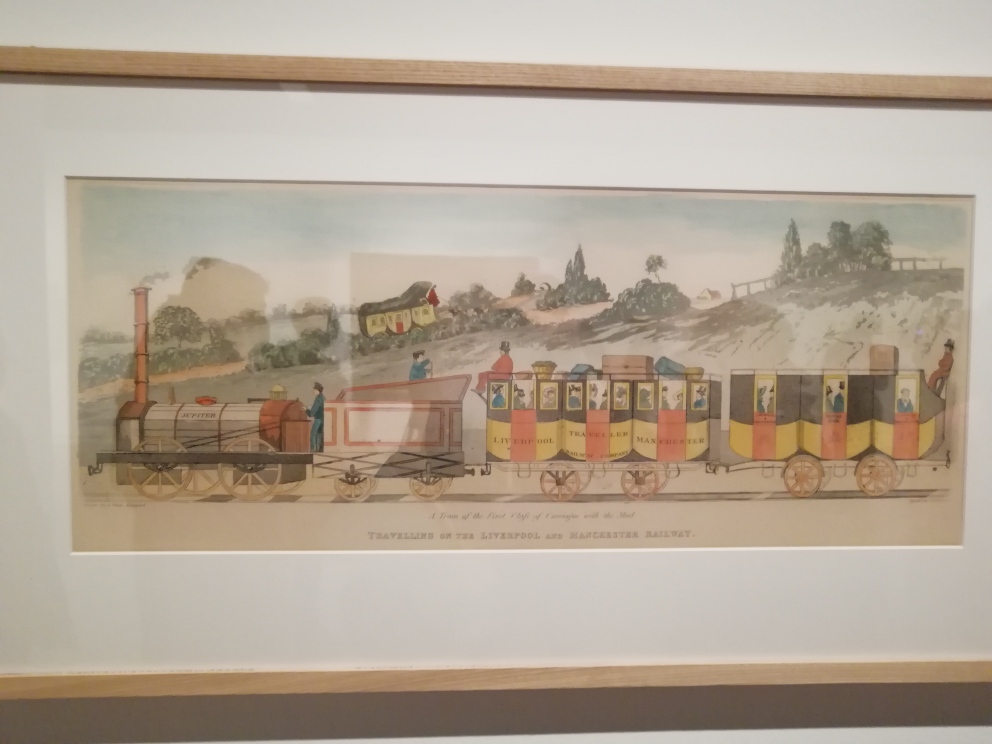 Following Britain’s inaugural railway in 1820, Belgium followed suit with Leopold I opening the Brussels to Mechelen line in 1835. The train was key to the industrial revolution in Europe. Stephenson’s mythical Rocket is seen in Isaac Shaw’s print Travelling on the Liverpool-Manchester Railway (pictured above), while Constant Meunier’s painting of the Borinage coal basin is a dark but proud tribute to Belgium’s mining powerhouse.
Following Britain’s inaugural railway in 1820, Belgium followed suit with Leopold I opening the Brussels to Mechelen line in 1835. The train was key to the industrial revolution in Europe. Stephenson’s mythical Rocket is seen in Isaac Shaw’s print Travelling on the Liverpool-Manchester Railway (pictured above), while Constant Meunier’s painting of the Borinage coal basin is a dark but proud tribute to Belgium’s mining powerhouse.
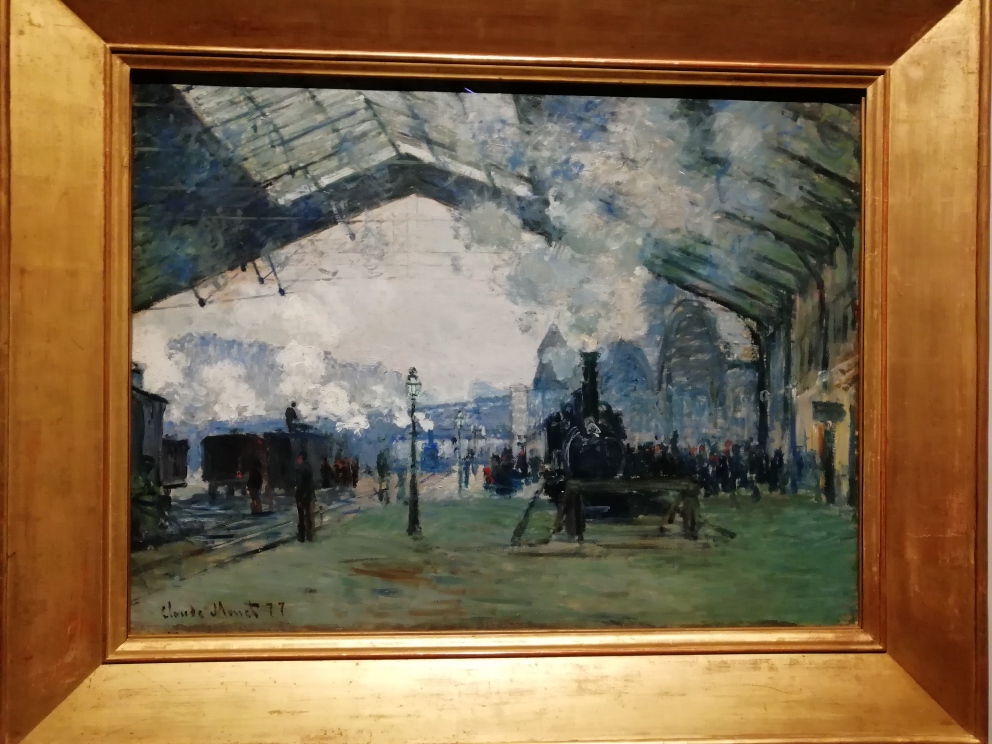 Numerous artists pay testament to the intrusion of steam and metal on the urban and rural landscape. Claude Monet depicts the Saint-Lazare station in Paris in three fine paintings rarely seen together. In Arrival of the Normandy Train (pictured above), light streams into the new industrial cathedrals as smoke billows in a romantic representation of this new technology.
Numerous artists pay testament to the intrusion of steam and metal on the urban and rural landscape. Claude Monet depicts the Saint-Lazare station in Paris in three fine paintings rarely seen together. In Arrival of the Normandy Train (pictured above), light streams into the new industrial cathedrals as smoke billows in a romantic representation of this new technology.
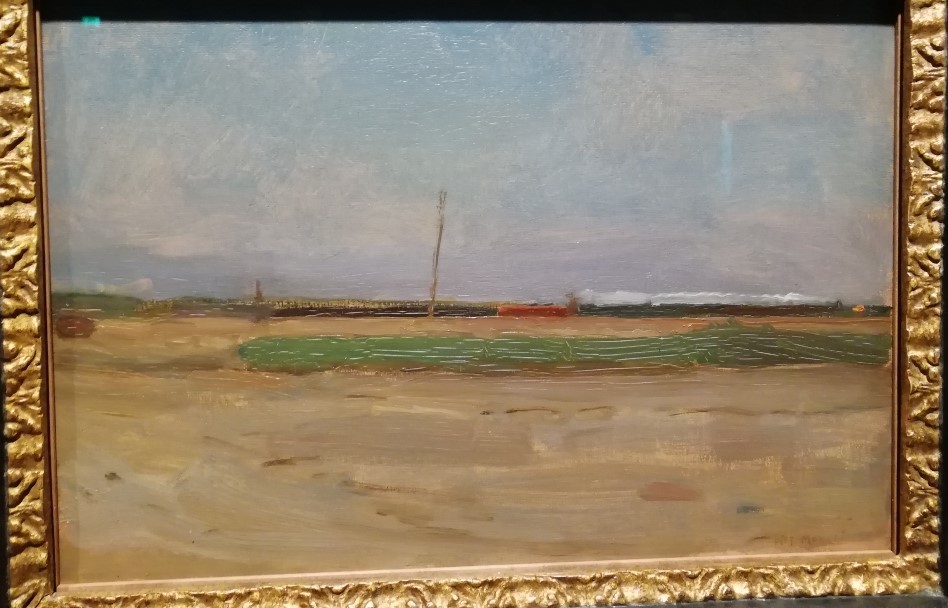 Modernity contrasts dramatically with rural life in numerous works. Italian Impressionist Giuseppe de Nittis paints the apparition of steam in the countryside without a single image of a locomotive in Passa il treno, while Dutch artist Jan Toorop starkly depicts the conflict in Train location, a wooden fence serving as a division between the old world and the new. An early work by pioneering abstract artist Piet Mondrain consists of a green line crossing a polder; a black brushstroke representing the passage of a train with a line of white smoke billowing behind (pictured above).
Modernity contrasts dramatically with rural life in numerous works. Italian Impressionist Giuseppe de Nittis paints the apparition of steam in the countryside without a single image of a locomotive in Passa il treno, while Dutch artist Jan Toorop starkly depicts the conflict in Train location, a wooden fence serving as a division between the old world and the new. An early work by pioneering abstract artist Piet Mondrain consists of a green line crossing a polder; a black brushstroke representing the passage of a train with a line of white smoke billowing behind (pictured above).

The only female painter in the show, Marianne Stokes, reveals her pre-Raphaelite influences in The Passing Train (pictured above) a colourful portrait that again only hints at the modern beast in the background via wisps of smoke swirling through the idyllic agricultural scene.
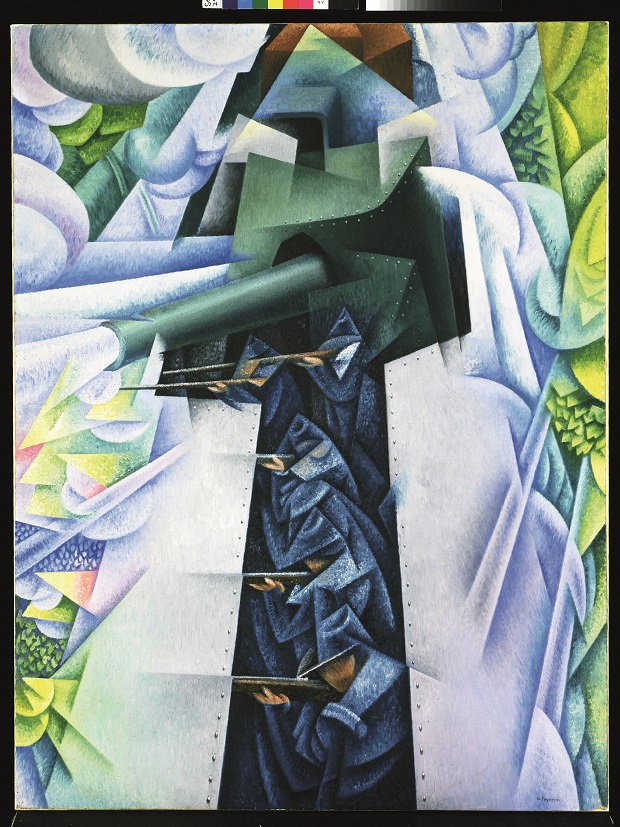 Italian futurist painters were enthralled by this symbol of modernity, motion and machine. Gino Severini’s Armored Train in Action (pictured above) celebrated the mecanisation of war. It also signified the role trains would later play in moving armies and weapons as well as deportations to concentration camps.
Italian futurist painters were enthralled by this symbol of modernity, motion and machine. Gino Severini’s Armored Train in Action (pictured above) celebrated the mecanisation of war. It also signified the role trains would later play in moving armies and weapons as well as deportations to concentration camps.
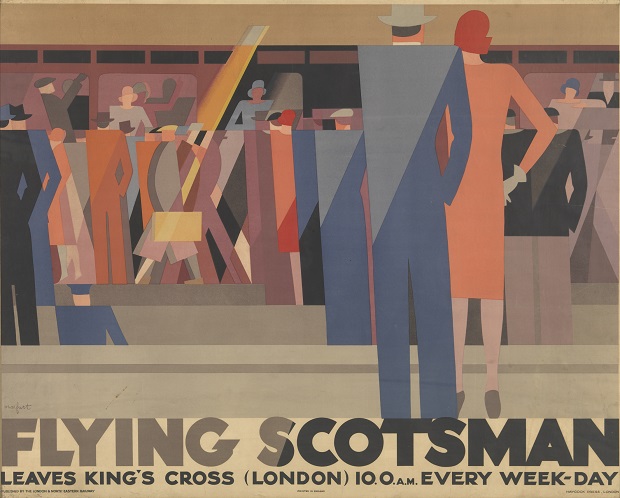 Between the two world wars, rail triggered the mass movement of people and luxury tourism. Many of the period’s artists displayed their pictorial and graphic skills in period posters, such as Leo Marfurt’s Flying Scotsman (pictured above). In Belgium, the attractions of the Belgian coast and thermal waters of Spa, figure among local examples.
Between the two world wars, rail triggered the mass movement of people and luxury tourism. Many of the period’s artists displayed their pictorial and graphic skills in period posters, such as Leo Marfurt’s Flying Scotsman (pictured above). In Belgium, the attractions of the Belgian coast and thermal waters of Spa, figure among local examples.
 Surrealist artists were often concerned with the psychological affects of train travel, influenced by the work of Freud. They offer images of an alternative reality, such as Delvaux’s dream-like La Gare Forestière (pictured above), as well as journeys into introspection.
Surrealist artists were often concerned with the psychological affects of train travel, influenced by the work of Freud. They offer images of an alternative reality, such as Delvaux’s dream-like La Gare Forestière (pictured above), as well as journeys into introspection.
In film as well as literature and art, trains were a sexual symbol, with penetrating dark tunnels also creating opportunities for illicit trysts. Film clips of George Albert Smith’s The Kiss in the Tunnel and Alfred Hitchcock’s North by Northwest are among the amusing illustrations.
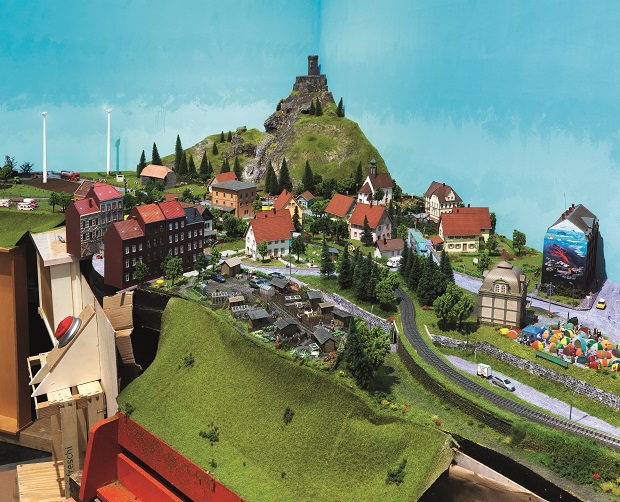 While artists' interest in rail diminished in the 1950s, it’s now attracting new attention for its environmental capacities. An installation by Fiona Tan at the end of the show (pictured above) appears an elaborately landscaped electric train set – guaranteed to evoke a nostalgic response from many a viewer – but closer inspection reveals a decrepit world of overcrowding, pollution and human damage to the landscape.
While artists' interest in rail diminished in the 1950s, it’s now attracting new attention for its environmental capacities. An installation by Fiona Tan at the end of the show (pictured above) appears an elaborately landscaped electric train set – guaranteed to evoke a nostalgic response from many a viewer – but closer inspection reveals a decrepit world of overcrowding, pollution and human damage to the landscape.
Says Vermaelen, who co-curated Tracks to Modernity, along with Michel Draguet and Marie-Eve Tesch: “This exhibition is a starting point. If you look at the development of trains, the impact on European society was tremendous; it shook our perception of speed, time and distance. The train was an acceleration of society, today it stands for the slowing down of society, which is very pertinent.”
Tracks to Modernity
Until 13 February
Royal Fine Arts Museum












